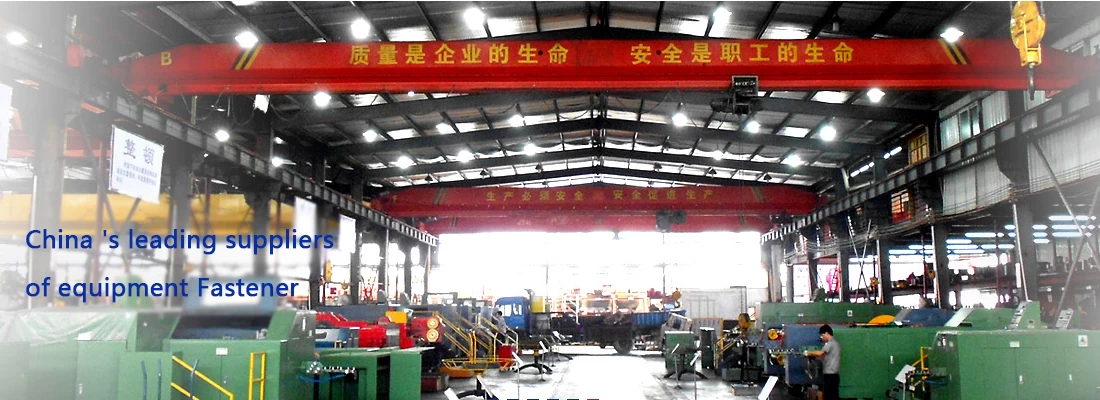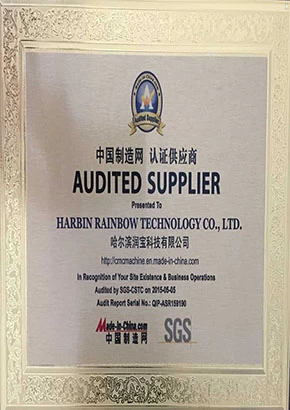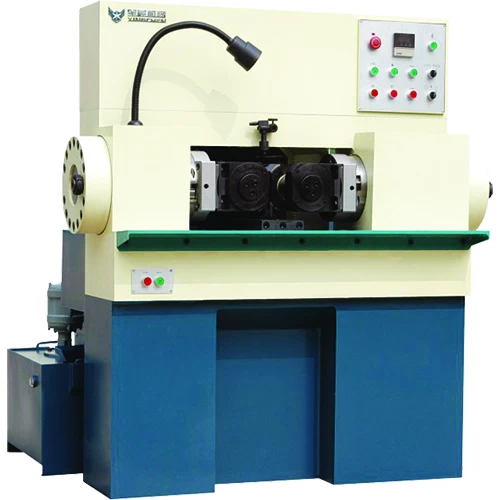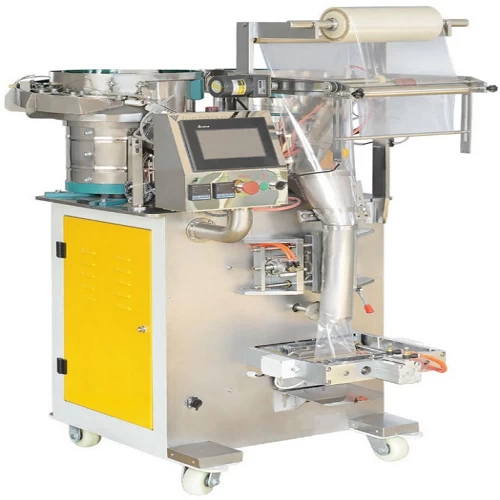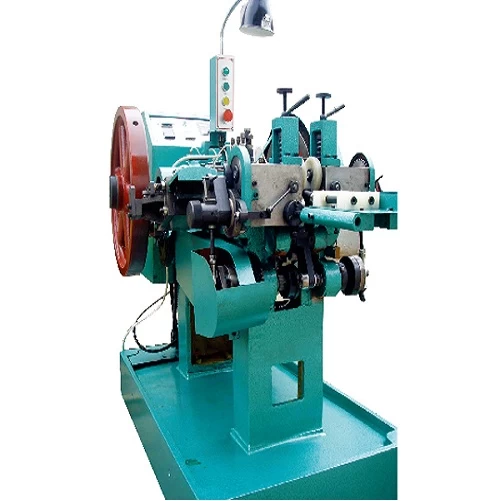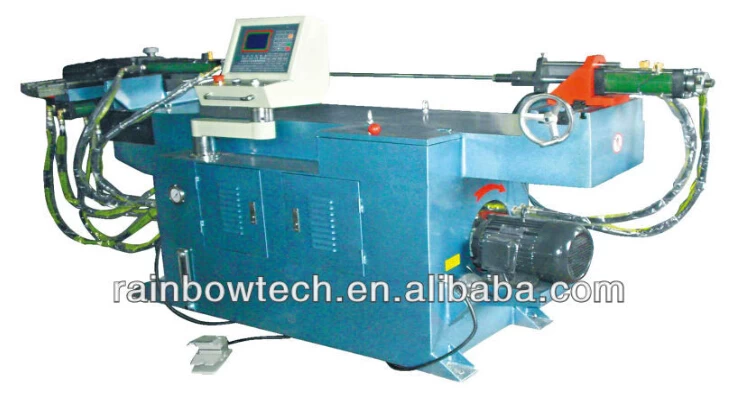What is lock nut
Lock nut is a nut widely used in machinery and other industries, and its working principle is to use the friction between the nut and the bolt for self-locking. However, in dynamic loads, the reliability of this self-locking is reduced. In some important occasions, we will take some anti-loosening measures to ensure the reliability of nut locking.
Purpose: Locking the wire outer joint or other pipe fittings.
The working principle of the nut is to use the friction between the nut and the bolt for self-locking. However, in dynamic loads, the reliability of this self-locking is reduced. In some important occasions, we will take some anti-loosening measures to ensure the reliability of nut locking. Lock nuts are one of the anti-loosening measures.
The anti-loosening effect of the lock nut mainly depends on the interaction force between the nut and the bolt engagement thread. There are many ways to improve the interaction force between meshing threads, such as structural improvement of nut threads, nylon roughening of nylon nuts, surface treatment of threads, etc
The first is to use two identical nuts to screw on the same bolt, and attach a tightening torque between the two nuts to make the bolt connection reliable.
The second is a special locknut, which needs to be used with a washer that can be used with an anti-locknut. The special locknut is not a hexagon nut, but a round nut, with 3, 4, 6 or 8 notches on the circumference of the nut (depending on the size of the nut and the manufacturer's product series), which are not only the focus point of the tightening tool, but also the snap point of the lockdown gasket bayonet.
The third is to drill through threaded holes (generally 2, 90 distribution on the outer surface of the outer circle of the nut) to the inner circular thread surface of the nut, which is used to screw in the small diameter countersunk screws, the purpose of which is to exert a centripetal force to the thread to prevent the lock nut from loosening. The better quality lock nut sold on the market is inlaid with a small piece of copper consistent with the thread of the lock nut on the inner circle surface of the nut, which is used to avoid the radial jacking screw from directly contacting the locked thread and damaging the latter. This type of lock nut is gradually being used in the case of shaft-end locking of rotating moving parts, such as the anti-loosening of ball screw mounting end bearings.
The fourth kind of lock nut is composed of two parts, each part has a staggered cam, because the internal wedge design slope angle is greater than the nut angle of the bolt, this combination will be tightly bitten into a whole, when there is vibration, the protruding part of the locknut is staggered with each other, resulting in lifting tension, so as to achieve the perfect anti-loosening effect.
The fifth is the structural anti-loosening, through the design improvement of the threaded structure, without the help of other external factors to obtain a kind of its own locking function, so its applicability is wider than the above methods, and the requirements for the environment are relatively low. There are many types of locknuts, such as nylon nuts, and flange nuts, in short, this kind of locknut is anti-loosening. Twist the nut to the screw, screw, bolt, etc., so that it will not come loose. So that they can be actively connected together, so that it is firm, and the stability performance reaches a high degree.







